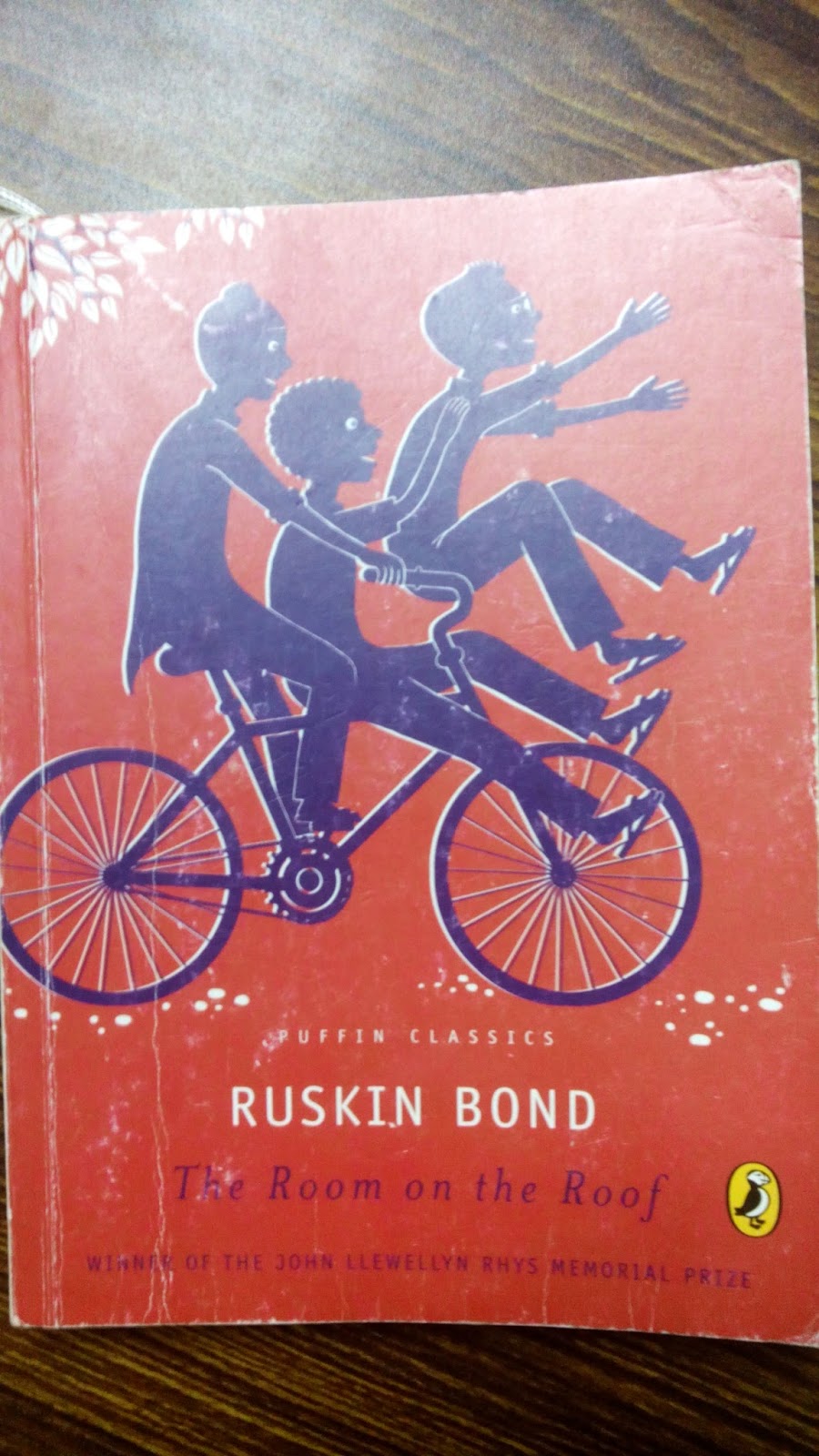Ever since I
watched ‘The Mask’ – a satirical comedy about human nature – Jim Carrey became
my favourite. He’s been my brother’s favourite too and it’s when he suggested
me to watch the movie that I got one of my favourites in Hollywood. His popular movies
include Ace Ventura series: ‘When nature calls’ and ‘The pet detective’, ‘Liar
liar’ and ‘Bruce Almighty.’
.jpg) |
| True. |
Born with genius
talent of mimicking and stretching his elastic face into varied manifests of
emotions and fluent speech that in itself is humour, laughter and applause are
inevitable wherever and whenever the Jim Carrey appears. He is a synonym of
comedy to me.
Several of
his dramas, interviews, TV shows and movies uploaded in YouTube are bookmarked
and when I get fed up with books, I switch on to his movies. They never fail to
amuse me. Yesterday, I watched Bruce Almighty again. That was the third time.
I was much
like Bruce; blaming God’s absence when I failed, that God has turned against me
when I was sad and that He has totally abandoned me when sick. In fact, I even
used to curse – as Bruce do – getting blasphemous when unable to tackle with
the boundless irritations in life. But Bruce
Almighty teaches God is always with us and being sacrilegious over holy things
only belittles us; God has given us equal power to seek solution to our own
matters; we shouldn’t be too selfish so as to ask God’s attention to us only
for He needs to attend to His other infinite children and creations. ‘Why
bother God when we’ve power to solve our own problem’ is what I learned from
the movie.
All his
other movies I watched carry a serious message each, at least. ‘Liar Liar’ is
about the impact of lying in family. The father (JC – Jim Carrey) – a lawyer (or
liar) always makes excuses even to his only son, thereby not keeping his
promises. Therefore, the son makes a wish that his father speak all truth on
his birthday. Miraculously, though unable to lie, JC wins the case for his
client – a divorcee – against a father, who then, gets ripped off his children.
Realising his folly, JC then condemns he’s been living a selfish life. He
realises the value of family unity. On he goes to reunite his almost broken
family.
.jpg) |
| Trust him. :D |
And ‘The
Mask’, as I said, is of the human’s nature; part good and part bad personalities
that every person carries. Whenever, the protagonist wears the cursed notorious
mask, his concealed desires surface and he does what he thought of doing then. The
movie could be the comical adaption of R.L. Stevenson’s gothic novel, ‘The
Strange Case of Dr. Jekyll and Mr. Hyde.’

.jpg)











